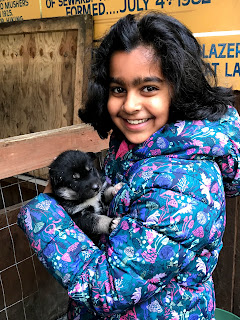Let us answer these.
1. What was our project?
Our project was on lawn fires. We had a teammate that had experienced a lawn fire a few summers ago but is now perfectly fine. ( For security and personnel space we will not revel what happened) We did not want others to feel what he/she has felt so we created Fire DNR. In Fire DNR the DNR stands for detection, for d, notification, for n, and remediation, for r. For those who don't know what remediation means it means to solve to the problem(s).
For D, we used a blink camera which takes 5 second videos and splits it into 5 images when motion is detected. Then the images are ready to be uploaded to the cloud where it will be then downloaded to the computer and arduino. it will then compare the images with the fire models. This is where N comes in if there is a fire it will notify the owner and say there's a fire. Then for R, the owner has a choice to either call 911 or turn on their sprinklers.
2. What missions did we do?
We did quit a lot of missions to reach our 405 point mark. We did the crane the swing traffic jam the bridge and the apartment push. Currently we are doing the elevator and others to exceed 405 and have a chance at world.
3. How did we win?
Basically we were first in robotics but weren't in project. The thing that put us in first was the fact that another team that we helped told the judge that thanks to Teckduckies(us) their robot was able to go in a strait line.
For more questions fell free to ask them in the comments and we'll get to you as fast as we can.















